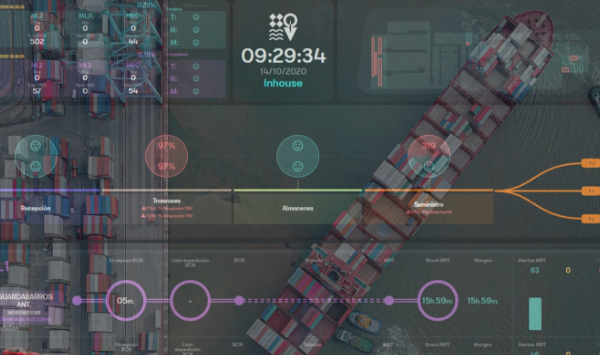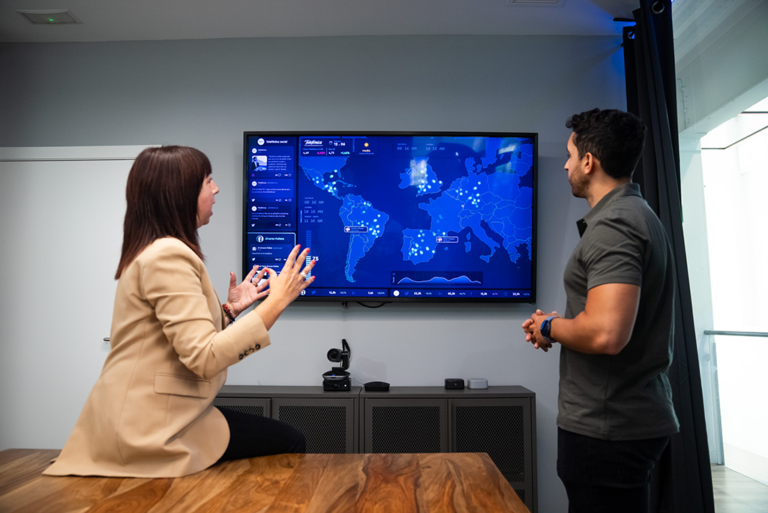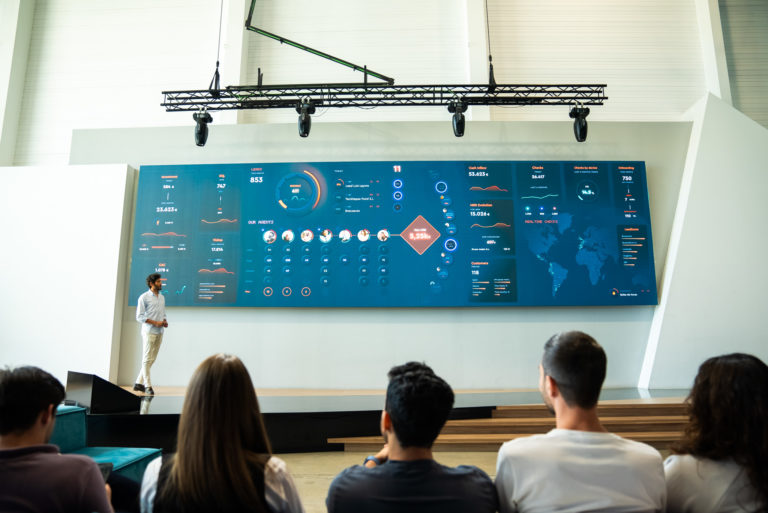Supply Chain and Control Tower

The concept of logistics has been changing over the years. From being a necessary cost for the delivery of a product or by-product, and without providing any additional value, to being a key strategic factor in any company seeking efficiency and continuous improvement. At the end of the 19th and beginning of the 20th century, delivery became just another part of the process and not the only one, since other actors and processes were involved, thus giving name to the well-known Supply Chain.
As a result of the COVID crisis, it has become clear that the key to not failing in the traditional logistics system is to have a strategically adapted logistics and supply chain. Thus, models based solely on price, with production in low-cost countries, under deplorable working conditions, playing with minimum stocks and leaving a large ecological footprint in their wake, have failed. In addition to promoting competitiveness among suppliers instead of cooperation, without data transparency and without the so-called “democratization of information”, a key element for decision making.
On the other hand, those supply chains that have opted for strategic factors such as proximity production, transparency with their suppliers and promoting access to their information systems have been strengthened. In addition, they have considered the development of their employees’ talent and implemented optimal energy management, for the sake of sustainability and CO2 reduction. But not only that, they have also implemented plans for the optimization of their warehouses, being aware that this is an ongoing process.
The importance of the Supply Chain
For this reason, if we know the importance of implementing a Supply Chain, why are there still large companies that do not invest in it? There is no single answer:
- Lack of information and/or training. Therefore, there are psychological barriers to understanding a Supply Chain as a whole.
- Fear. The people responsible for the logistics process are afraid of leaving part of their work in the hands of a third party.
- Lack of support. The lack of adaptation or involvement of all departments, or the lack of support from management or from the management itself, leads to a lack of motivation and investment.
- Mistrust. Many companies view knowledge sharing with suspicion.
- Outdated or uncollaborative information systems. There are currently many sources of information that need to be updated, exploited and/or stored.
The supply chain in logistics
If we go up a level in the supply chain, we arrive at the Control Tower Supply Chain. It is the control of all information in real time using predictive models. This involves the integration in a single data warehouse of all the information related to the supply chain generated by the company itself. It also includes information related to: ERP’s, intelligent warehouse management systems, route planning management, consortial and shared files. In addition to those generated by third parties: such as vehicle geolocation, partner ERP’s, weather API’s, traffic status, as well as the main social networks, or even those generated automatically and predictively.

Some examples of Supply Chain in the industry
Therefore, if we apply all these concepts in a company, for example, in the automotive industry. Can you imagine seeing on a big screen the entire production line of a vehicle? Moreover, can you imagine knowing through alerts when a part is going to be missing and thus avoiding a stop of the production line?
Or seeing on a map all the trucks that are approaching the factory, what parts they are carrying, and if they are going to suffer a traffic jam? Or if due to inclement weather they are going to arrive later, thus knowing if the delivery time is going to be delayed, or even that the system will go ahead and offer you alternatives to avoid that delay, or taking into account the demand forecast, knowing how many vehicles are going to have to be manufactured next month, and knowing how many people, shifts, parts, machinery and warehouses you are going to need next month?
Therefore, a Control Tower Supply Chain is not yet to come, nor is it a futuristic vision, it is or should be a reality.
If you want to learn more about logistics, be sure to read this article on the future of the sector.



